Many tropical glaciers in the Andes are expected to disappear in the next few decades. Their meltwater sustains millions of people, feeding crops in the dry season, supplying Peru’s capital Lima and other big cities, and even boosting the Amazon river. As glaciers vanish, floods and droughts are becoming more extreme.
But my new research with colleagues suggests solutions may lie in environmental knowledge that the Incas and their predecessors developed centuries ago.
In January 2010, record rainfall caused massive flooding in the Cusco region of Peru. Bridges were washed away, 25,000 people were left homeless and 80% of harvests were destroyed. The railway to Machu Picchu was cut off. Losses were estimated at US$230 million (£170m).
This disaster took place in the heart of what was the Inca Empire, which once spanned an area from what is today near the Colombian border down to central Chile. The Incas’ efficient storage systems, sophisticated road network and ecological management supported up to 14 million people before European conquest and colonisation.
So could some of this modern-day catastrophe have been avoided if the landscape still retained its natural tree cover – forests and high-altitude vegetation that slow water and reduce erosion?
A new paper in the journal Ambio offers a long-term perspective. I was part of a team of researchers from the University of Sussex, the International Potato Center in Lima and Cusco-based NGO Ecoan, who examined microfossils such as pollen in sediment cores from Lake Marcacocha, near Cusco. These act as an environmental archive, recording shifts in vegetation, farming and climate over centuries.
The evidence shows that from around the year 1100, during a period of global warming known as the Medieval Climatic Anomaly, Andean communities moved higher up into the mountains. They built terraces, irrigated slopes, and planted trees such as alder to make the soil more fertile and provide wood.
Galyna Andrushko / shutterstock
Llamas and their cousins alpacas were vital as they were hardy, light-footed, and supplied wool, fuel and fertiliser. Their communal dung heaps even show up in the lake sediments, revealed by spikes in fossils of certain dung-eating mites that thrived when llama caravans were pastured nearby.
Together, these practices stabilised soils, reduced erosion, and allowed large populations to thrive in the Andes.
An ecological and social transformation
When the Spanish arrived in the 1530s, this balance was upended. New livestock – cattle, sheep and goats – trampled vegetation and eroded soils. Their free-ranging herds left waste across the landscape, unlike llamas and their easily-collectible dung.
At the same time, the Spaniards cut down forests for timber and charcoal, in contrast to the Inca who had imposed harsh penalties to protect their woodland resources. The 17th century Spanish pastor and chronicler, Bernabé Cobo, remarked that a Spanish household used as much fuel in one day as a native household would in an entire month.
The lake sediments record the ecological damage of the era: excess nutrients from dung, more erosion, and a collapse of the Inca’s sustainable land management.
This isn’t a simple story in which the Inca were perfect for the environment and the Spaniards entirely negative, but there are clear lessons to be learned. The indigenous people, normally pushed to poorer lands at high altitude, adapted to what pragmatically works.
In the Andes, many highland communities still support each other through deep-rooted traditions, involving collaboration and reciprocity. Some of the most promising climate solutions today build on this heritage.
Communities restoring Andean vegetation
One co-author of the paper, Cusco biologist Tino Aucca Chutas, founded the NGO Ecoan in 2000, to protect rare high-altitude Polylepis cloud forests. These gnarled, moss-covered trees capture water from clouds and release it slowly, making them vital for downstream water supply. Only small fragments of the original forests remain.
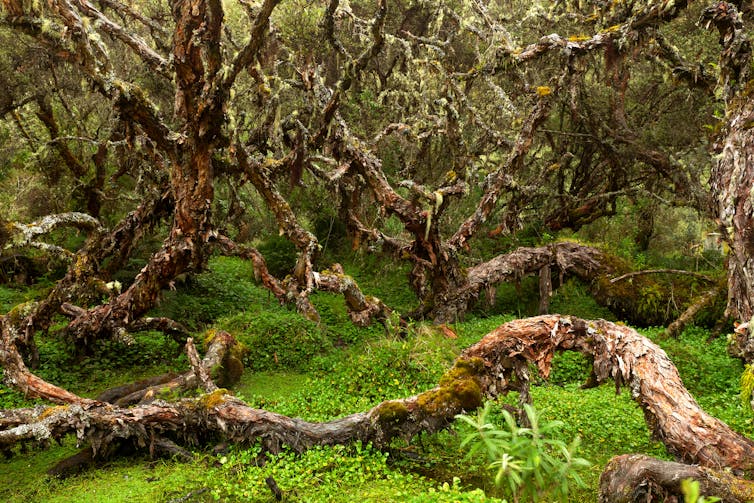
Ammit Jack / shutterstock
Through the regional movement Accion Andina, founded by Ecoan and non-profit organisation Global Forest Generation, 12 million Polylepis trees have been planted across the Andes. In 2023, Accion Andina was awarded the prestigious global Earthshot Prize. The ultimate goal is to fully restore the forests over the next century.
Another co-author, Graham Thiele of the International Potato Center in Lima, argues that native agroforestry – combining traditional crops, trees and llamas – should be part of a “second climate-smart agricultural revolution” in the Andes.
The Andes are at the sharp end of climate change. The glaciers are retreating, rainfall is becoming more erratic, and disasters like the Cusco floods will happen more often. But history shows societies have adapted before.
Inca-style terraces, cloud forests and llamas aren’t relics of the past – they are the tools required now, particularly vital with the glaciers soon gone. As South America faces a looming water crisis, the clock is ticking, and the lessons of the Inca may be more urgent than ever.
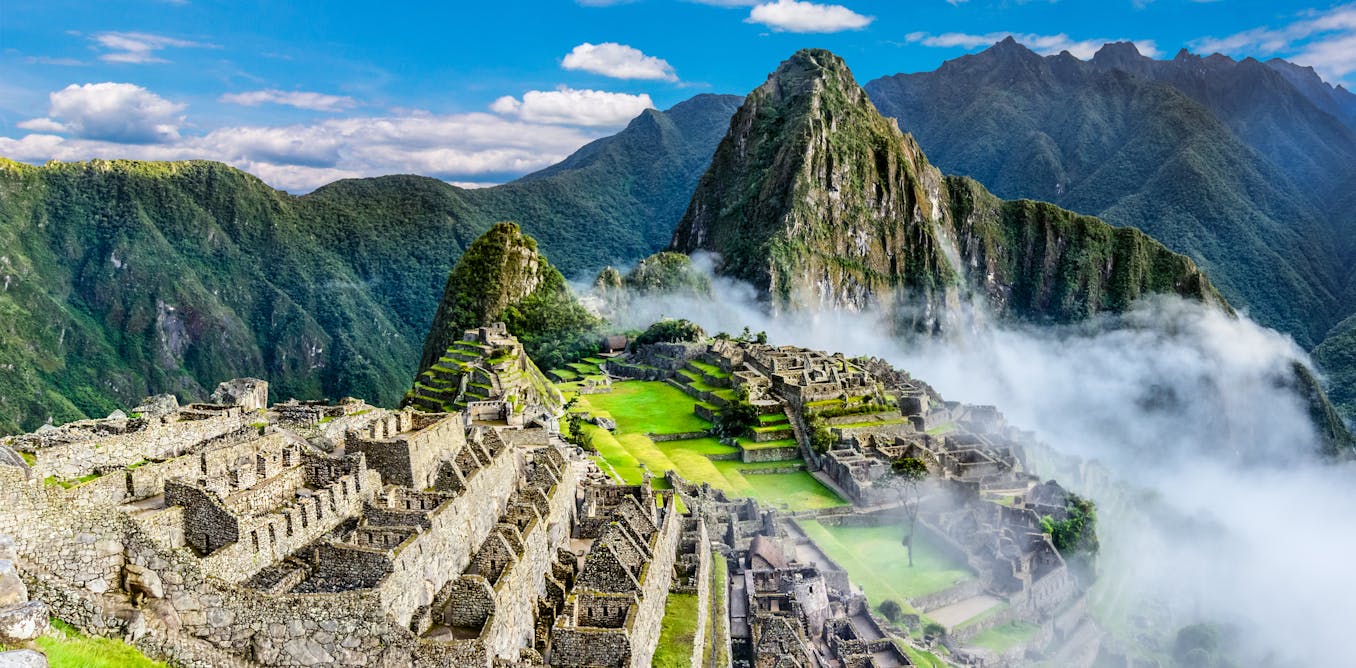
The post “how llamas, terraces and trees could help the Andes survive climate change” by Alex Chepstow-Lusty, Research Associate, Geography, University of Sussex was published on 08/26/2025 by theconversation.com











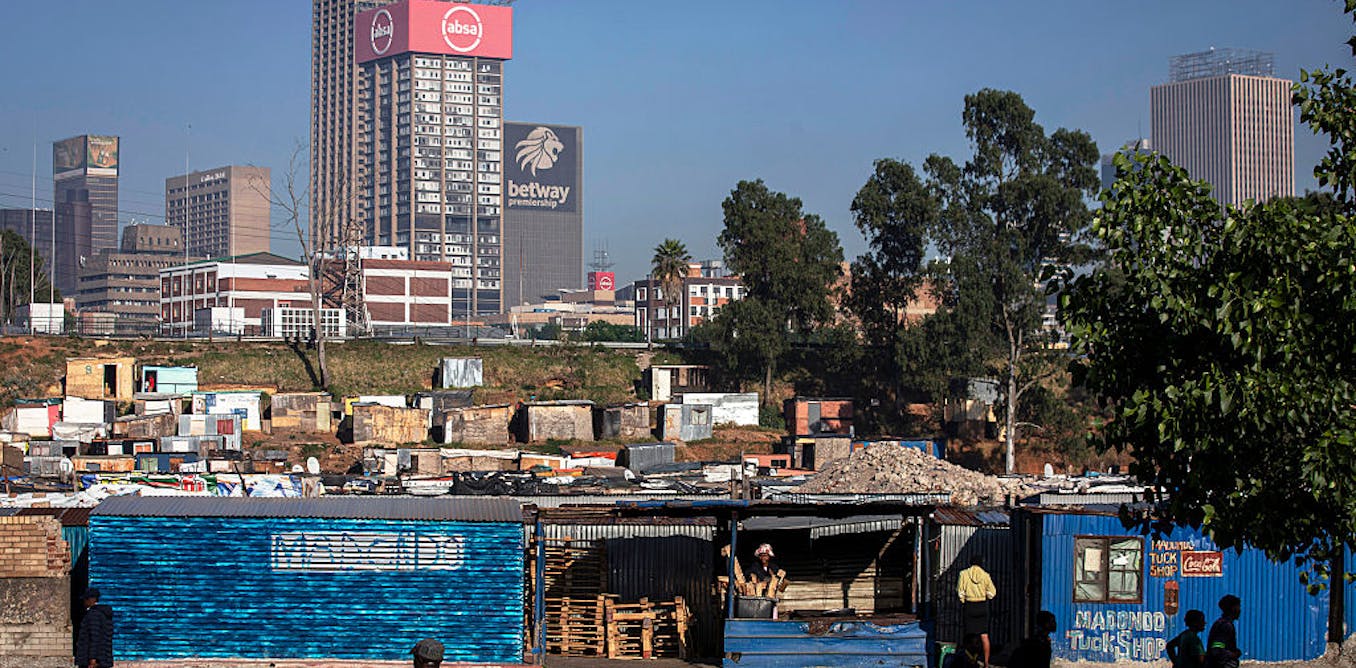

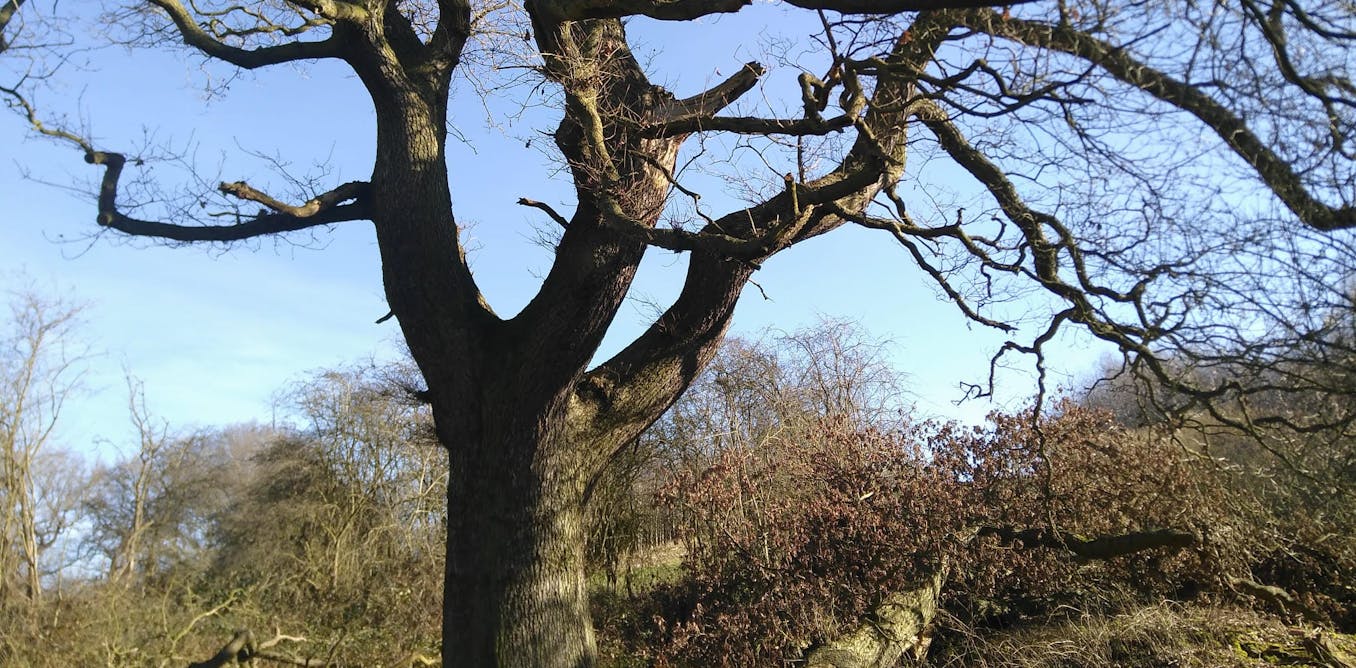



















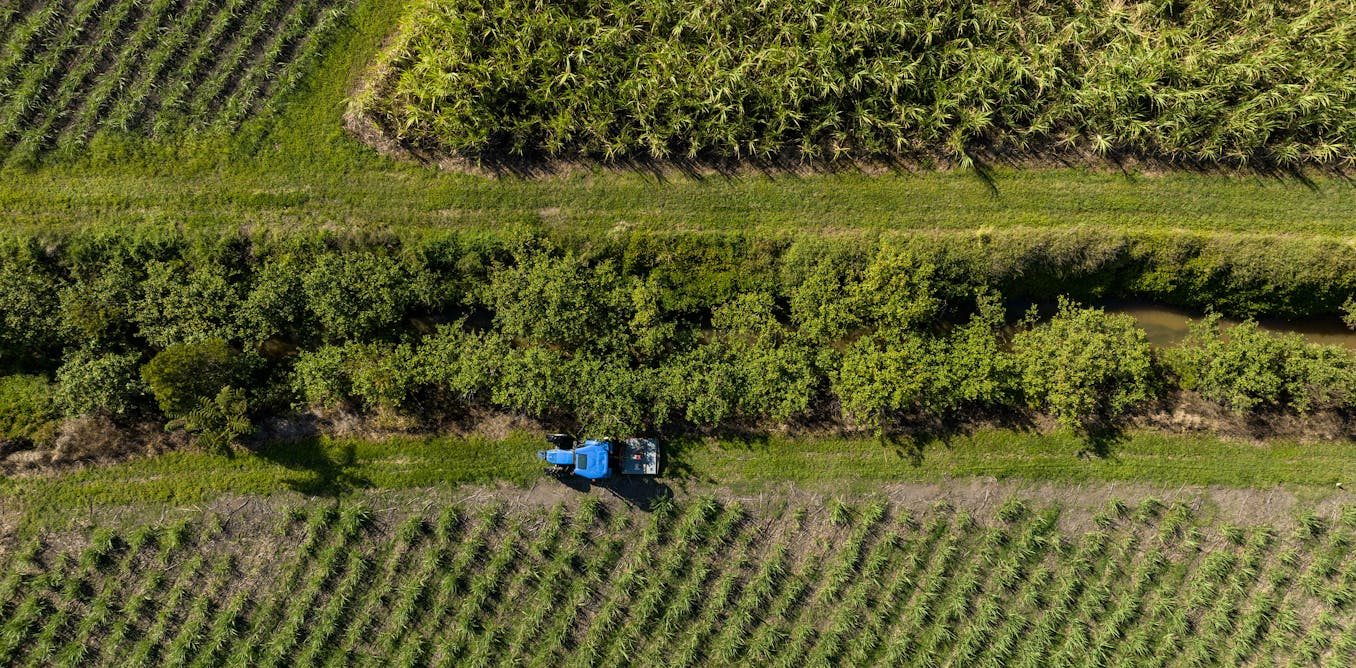
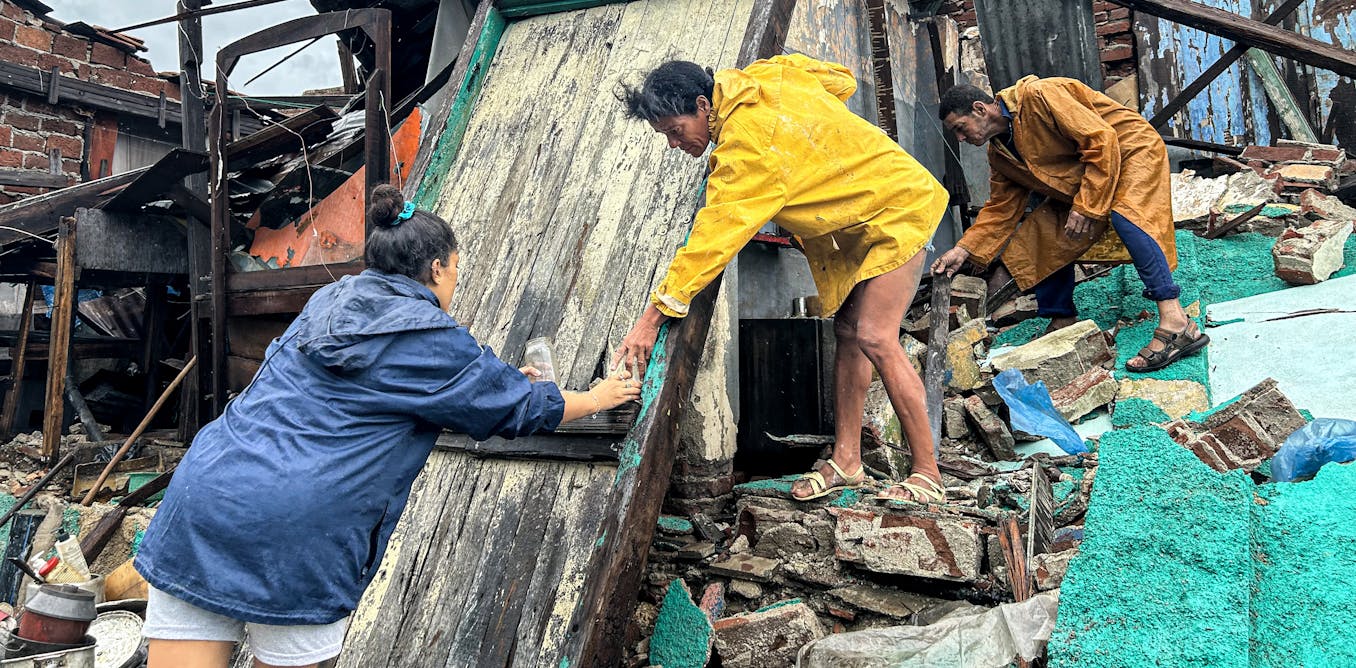

Leave a Reply